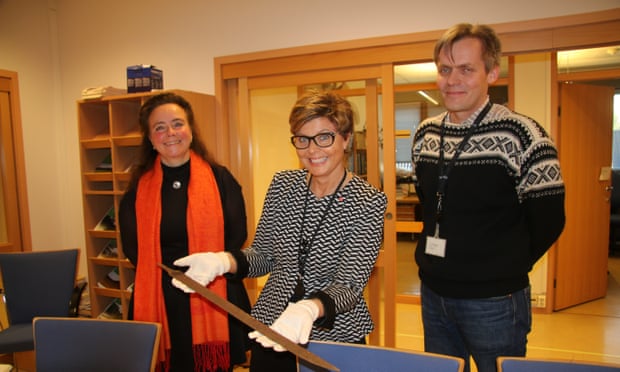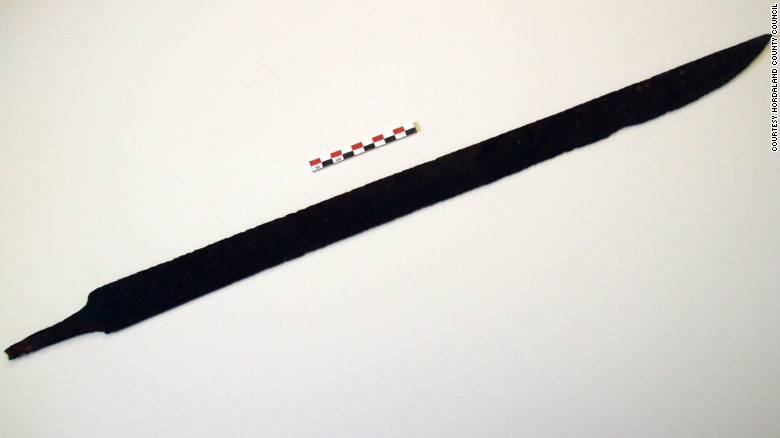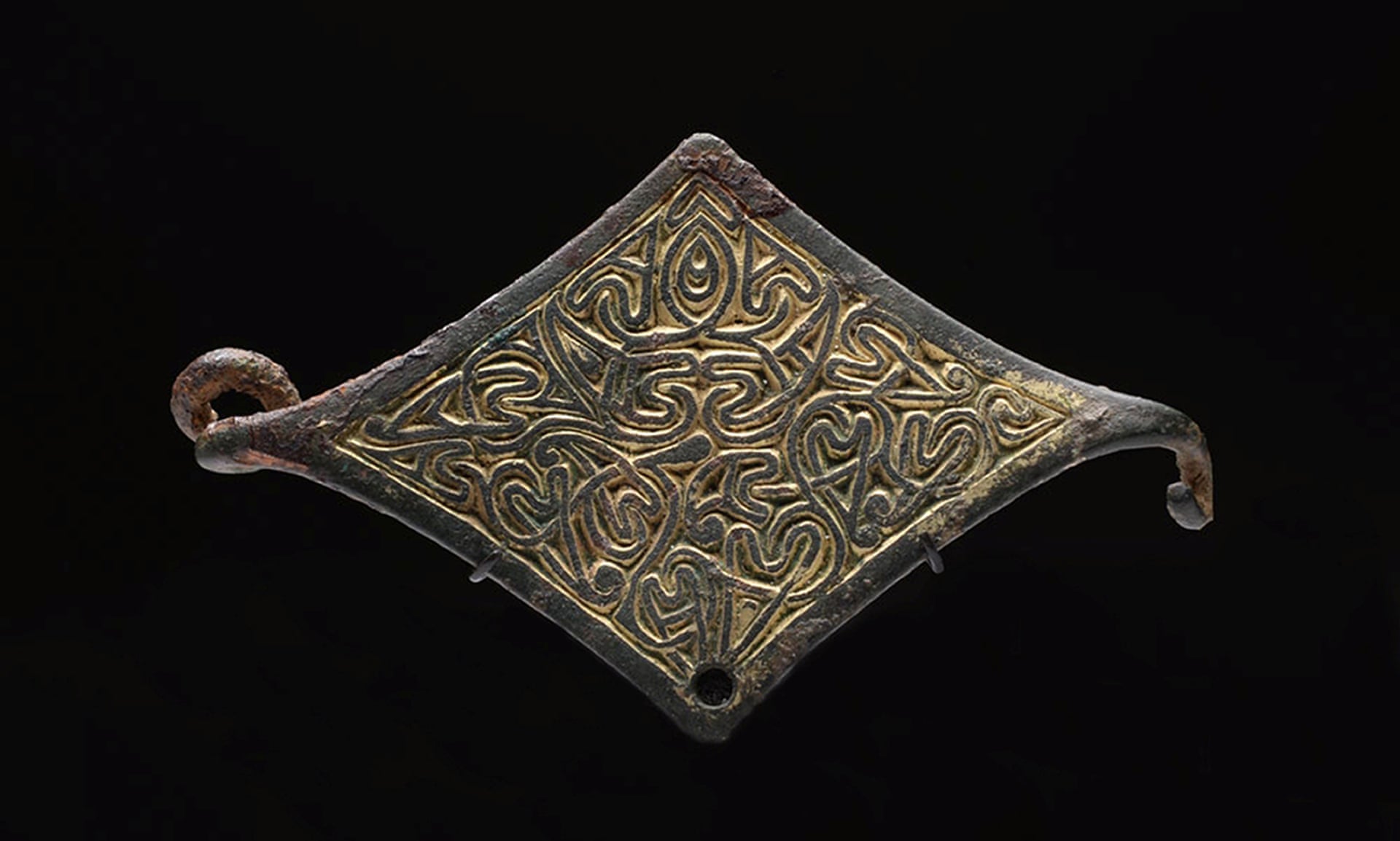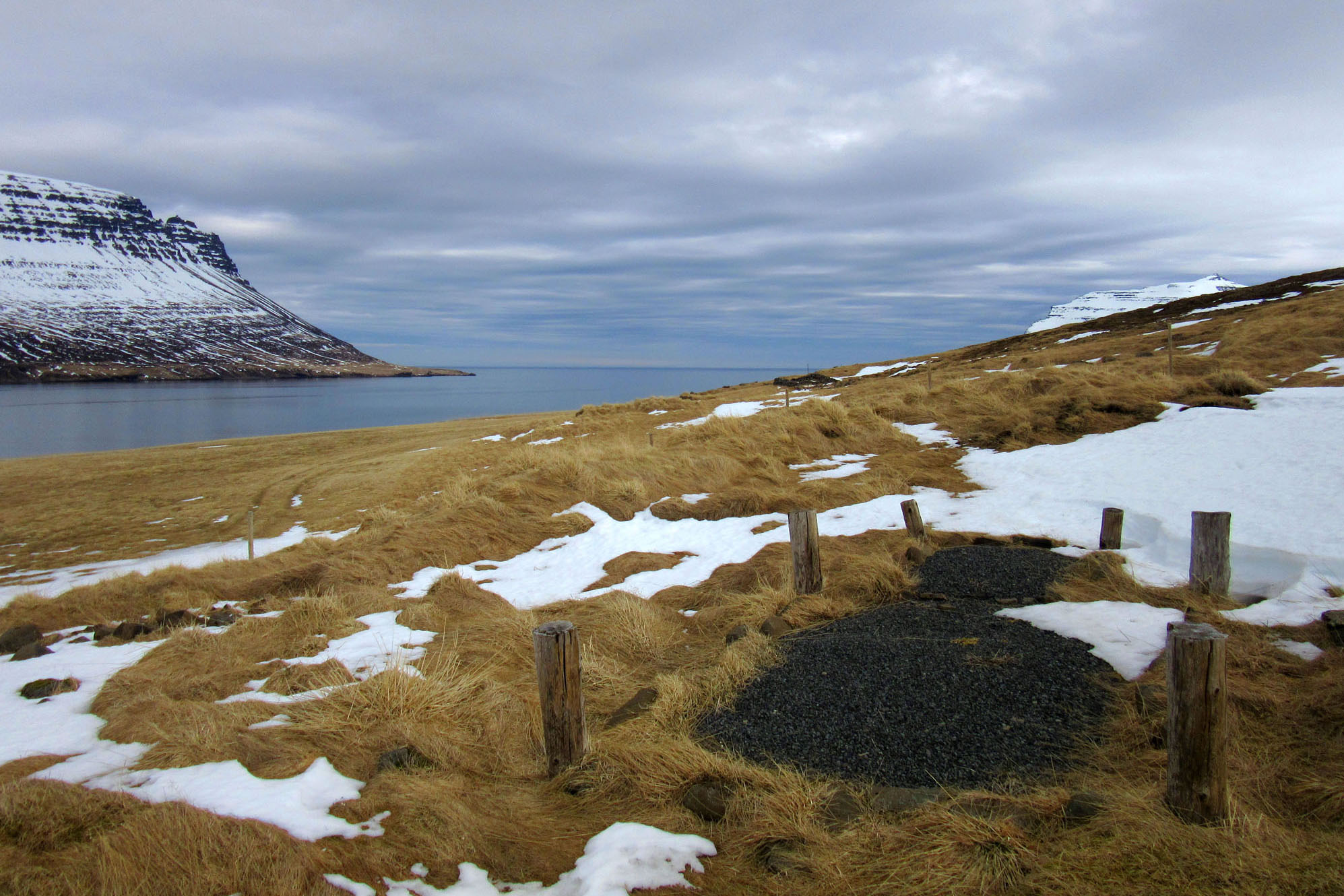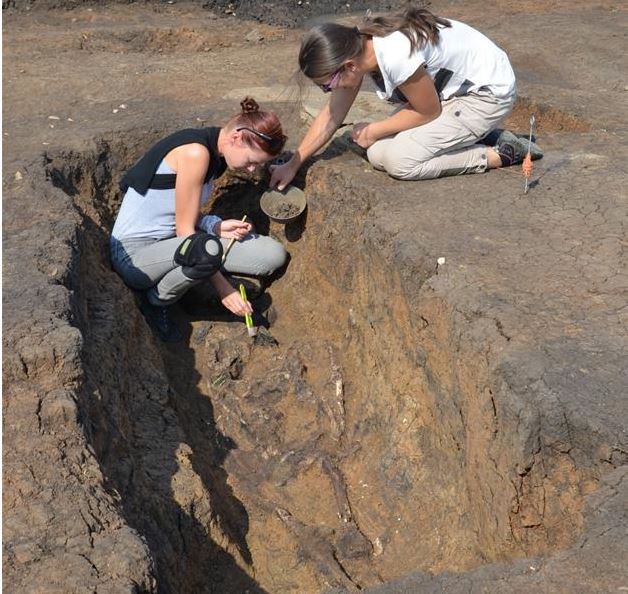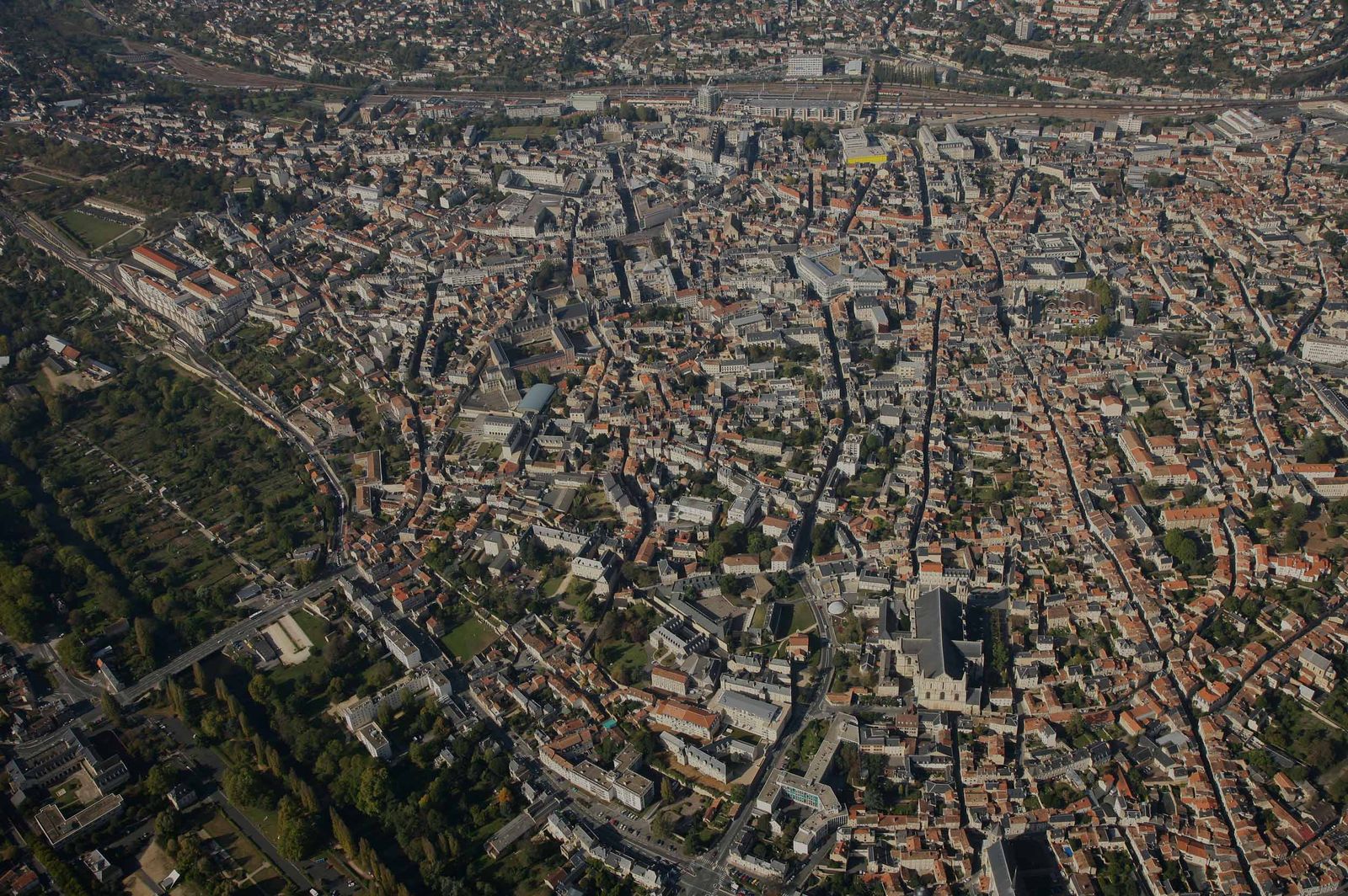It’s very rare to have found so many Harald Bluetooth coins (photo: Museum Vestsjælland)
A Danish amateur archaeologist has made a stunning find on the island of Omø just off the coast of southern Zealand.
The discovery – which consists of rare silver treasure dating back to the Viking era – was made when Robert Hemming Poulsen paid a work trip to Omø to lay fibre optic cables. He brought his metal detector along and hunted for buried treasure after work.
“A treasure like this is found once every 10-15 years,” said Hugo Hvid Sørensen, a curator from Museum Vestsjælland, where the treasure is now on display. “It contains many items and is extremely well kept because it has been buried in sandy earth.”
Read the rest of this article...

